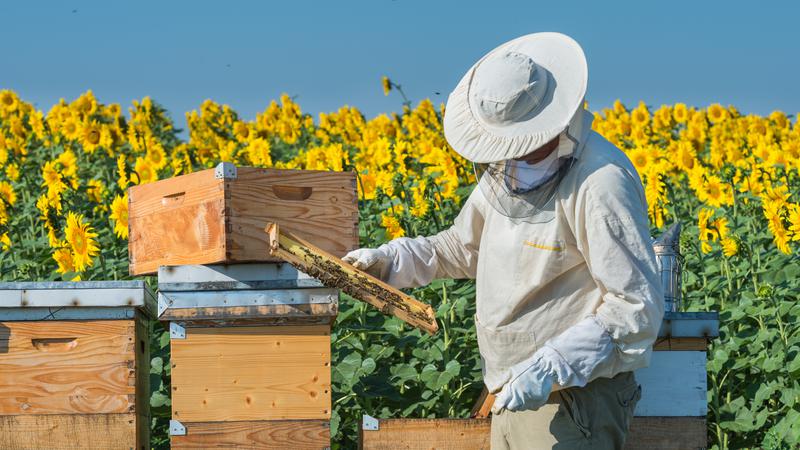
Tariffs, low prices put squeeze on Sask. honey producers
Falling honey prices, tariff uncertainty, limited export options and dependence on imported queen bees are creating mounting pressure for producers heading into the new season, according to one Saskatchewan beekeeper.
“The tariff game seems to go on and off and change almost on a daily basis,” said Simon Lalonde, president of the Saskatchewan Beekeepers Development Commission, who operates a beekeeping business with his brother managing 3,500 hives outside of Saskatoon.
Though Canadian honey generally enters the U.S. duty-free under the Canada-United States-Mexico Agreement (CUSMA), recent U.S. trade policy shifts have introduced confusion and have left honey exporters uncertain about their largest market.
“It’s about one fifth of the Canadian honey production. And if that doesn’t ship into the US, it needs to find a new home,” he said. “Otherwise, we’re probably going to see depressed prices for a number of years too.”


